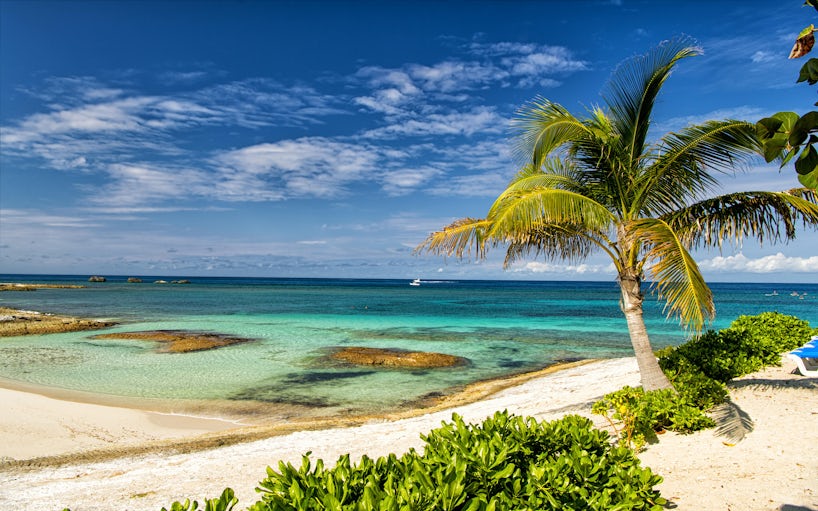
How to Plan a College Spring Break Cruise


With the vast array of cruising options out there, planning your college spring break cruise may seem overwhelming. Things to consider include everything from the minimum age to book a cruise to what type of cabin is right for you to how to make the most of your budget.
While it may seem like a lot to absorb at first, if you do your homework and ask for advice, you’re sure to find the right cruise for your well-earned break. Here's what you need to know when planning a college spring break cruise.
On This Page
- Make sure you're old enough to travel without parents.
- Think through group dynamics.
- Decide where you want to go.
- Match the cruise line and ship to your travel style.
- Consider a party-themed cruise.
- Understand your cruise line's alcohol policy.
- Talk to an expert.
- Look for ways to save money if you're on a budget.
- Don’t miss critical deadlines.
Make sure you're old enough to travel without parents.

If you're planning a friends-only trip, researching cruise line age policies should be the first thing you do. Right off the bat, this may narrow down your options and make your decision easier because, depending on your age, you might not be allowed to cruise without an "adult" chaperone.
For example, most cruise lines require passengers be at least 21 years old to travel on their own without an older adult present, though Carnival Cruise Line requires that unmarried passengers younger than 21 each have another passenger at least 25 years old as their chaperone. Their bookings must be cross-referenced and documented properly.
Other lines, including Norwegian, Princess, Celebrity, Royal Caribbean and Holland America, lower the age of that in-cabin chaperone to 21. Norwegian allows the older adult to stay in an adjacent cabin, and Holland America only requires one chaperone for every five passengers under 21.
Make sure you're crystal clear about your cruise line's age policies before you book, and if you have any questions, call the cruise line directly to clarify. You could forfeit your ticket and money spent if you try to board and don’t meet the requirements.
Think through group dynamics.

If you're traveling with a group of friends, it’s vital that everyone be on the same page about your vacation from the beginning to avoid disappointment later. Communication is key. A great way to get started is for everyone to make of a list of what’s important to them for the cruise and have a chat about what each person can afford. Many people get uncomfortable talking about money, but this is one area that can’t be overlooked.
You need to discuss whether four people in one cabin sharing one bathroom will realistically work, if that’s on the table, or if doubles make more sense. Another factor to consider is everyone’s personality. Is there one person who wants to stay up all night dancing and sleep all day, while another wants to get up bright and early to explore ports? That mismatch can be a recipe for vacation disaster.
In addition, make sure everyone is clear about who is responsible for the planning of the vacation and divvy up responsibilities, so one person doesn't feel put upon. Have each person pick a different area to research, such as cruise lines, itineraries, port activities and shore excursions, and onboard activities. Decide who will take charge with the booking and collect payments, and consider setting up a spreadsheet or use an expense-sharing app to keep track.
Decide where you want to go.
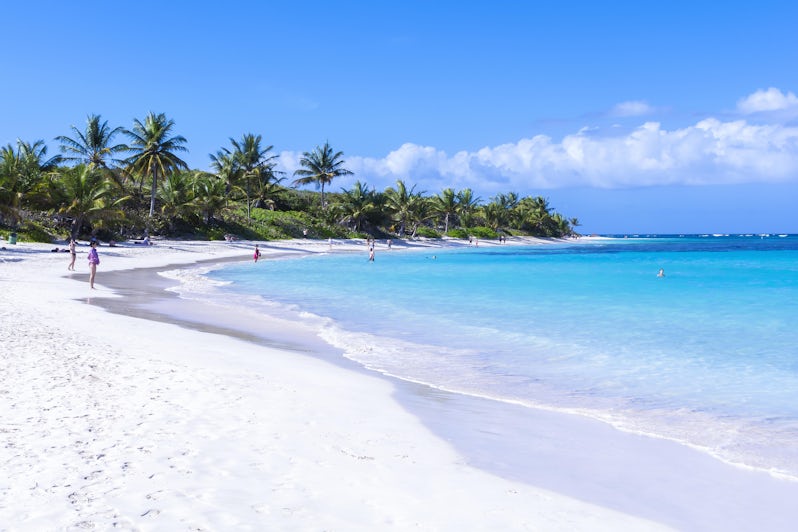
Without a doubt, fun in the sun is usually a key spring break component. The Caribbean, the Bahamas and Mexico are often among the most popular destinations for college-age spring breakers. These cruises are also cheaper and more party-like than destinations such as Europe. And you can't cruise to Alaska until much later in the spring.
Cruises in tropical regions tend to be one week or less, which is perfect when you’ve only got a week in between classes for your vacation. In general, shorter cruises of three to five nights will have more of a party crowd, with a focus on packing in the fun. You will have the most choice cruising from Florida, but you can also find sailings from places like Los Angeles, Galveston and New York.
Cruises departing from Florida sometimes include a visit to a private tropical island operated by the cruise line, with a free barbecue lunch, gorgeous beaches, plenty of bars and water sports. Standard itineraries include Eastern Caribbean (visiting places like Puerto Rico, St. Maarten and the U.S. Virgin Islands); Western Caribbean (visiting Jamaica and eastern Mexico or Central American destinations like Belize and Honduras); the Mexican Riviera (i.e., Pacific Coast Mexico with calls at Cabo San Lucas and Puerto Vallarta, among others); and the Bahamas (often combined with a stop in Florida).
Match the cruise line and ship to your travel style.
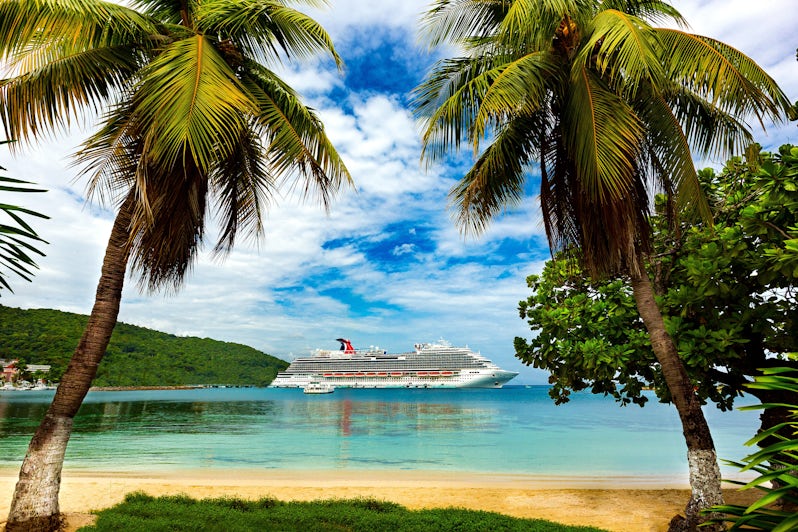
Something that new cruisers don't always realize is that all cruise lines have their own personalities and vibes, and you need to pick the ship that's right for your group. If you’re looking to party and enjoy nightlife, you probably don’t want to be on a cruise with lots of families with small children or one that caters to an older crowd. Some of the better lines for 20-somethings include Carnival, Royal Caribbean and Norwegian. These lines are famous for their fun bars and array of entertainment options.
For example, Carnival has rightly earned its reputation as the place to party at sea, with raucous piano bars, lively karaoke sessions and late-night 18-plus comedy clubs, as well as a variety of other bars and dance clubs. Norwegian ships offer an array of bars, and its White Hot and Glow Parties are the hottest dance parties aboard, with cruisers dressed in white and the entertainment staff dressed in angel wings or layered in neon.
As all cruise ships offer plenty of places to drink, and not everyone wants a drunken holiday, consider other ship amenities as well. If you like shows, Royal Caribbean and Norwegian excel with everything from Broadway shows to water-based acrobatic performances, ice skating shows, comedy and live music. Look for ships with expansive fitness centers and an array of classes if you like working out, or ships with a large number of included restaurants (try Carnival) if you want dining variety without paying extra.
One key rule of thumb: Not all ships within a cruise line offer the same onboard amenities, so pay careful attention to the attractions on the specific ship sailing the itinerary you're considering.
Consider a party-themed cruise.

If you're looking for a party atmosphere and are interested in meeting other spring breakers, you might consider turning over planning responsibilities to a pro and booking an organized college spring break party cruise, such as the ones offered by College Party Cruise. In addition to all the regular cruise activities, you'll get invited to special parties and events just for the college students who are part of the group. Dedicated Facebook groups allow you to "meet" your shipmates in advance and even find roommates to help split costs.
Understand your cruise line's alcohol policy.
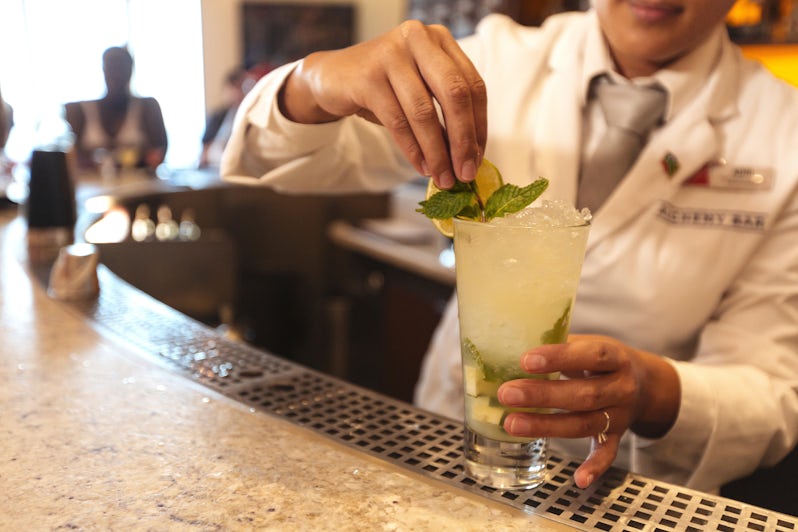
Make sure you understand the ship’s alcohol policies if drinking is on your spring break agenda. Most cruise lines, including Carnival, Princess, Disney and Royal Caribbean, require passengers to be 21 to consume alcohol onboard when you are departing from a U.S. port -- even if the minimum age to imbibe in port is 18.
Many cruise lines offer alcoholic beverage packages, which allow you to pay a daily fee and get "unlimited" drinks (up to a certain number in one 24-hour period), but some carry restrictions for cruises during spring break. Make sure you read the fine print. And think carefully before purchasing about how much you actually intend to drink because the packages can be pricy.
For example, Carnival offers a CHEERS! beverage package that, if you pre-purchase before boarding, is $51.95 per person, per day, plus gratuity; if you wait until you board, it goes up to $56.95 per person, per day, plus gratuity. The package includes all spirits, including cocktails, as well as beer and wine and Champagne by the glass (with a $20 or lower menu price per serving). It also includes sodas, specialty coffees, energy drinks and more.
Another option spring breakers might find appealing is Norwegian Sky, which has an open bar policy, and cruise fares include all spirits, cocktails, bottled beer, draft beer and wines by the glass, as well as unlimited fountain soda and juices at all bars, lounges, restaurants and Great Stirrup Cay (the line's private island).
In general, alcohol policies are quite strict on ships, and cruise lines reserve the right to disembark anyone caught underage drinking or buying alcohol for minors. When you first board, you'll be given a cruise card to make all onboard purchases and it will be noted if you are underage, based on the legal documents you presented to sail, so there’s no getting around the rules.
Talk to an expert.
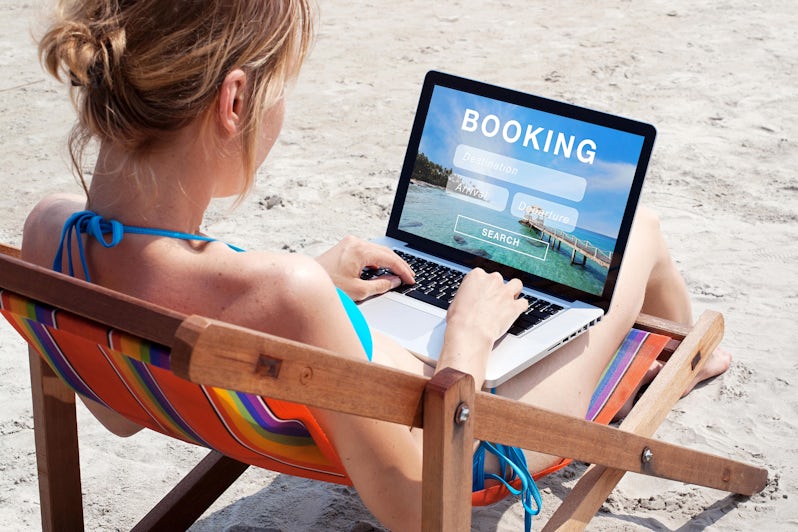
You can do a ton of cruise planning research online, but a cruise is the rare instance in which you might not want to book online. Especially if this is your first cruise, or first cruise with peers, it’s definitely a good idea to talk to a knowledgeable person who can alert you to policies and restrictions that might impact your cruise, or help you with decisions such as which cabin to book or whether to choose assigned or open-seating dining.
You can call the cruise line directly and speak with a representative who can guide you through the policies, or work with a travel agent. You might think agents are a throwback to yesteryear, but they can be a goldmine of information, from helping you figure out which ship or destination is best for you and your budget to understanding cruise rules and regulations. An added bonus is they often can access deals and group rates you might not find online. Perhaps best of all, it won’t cost you more to book through an agent than to do so online.
Look for ways to save money if you're on a budget.
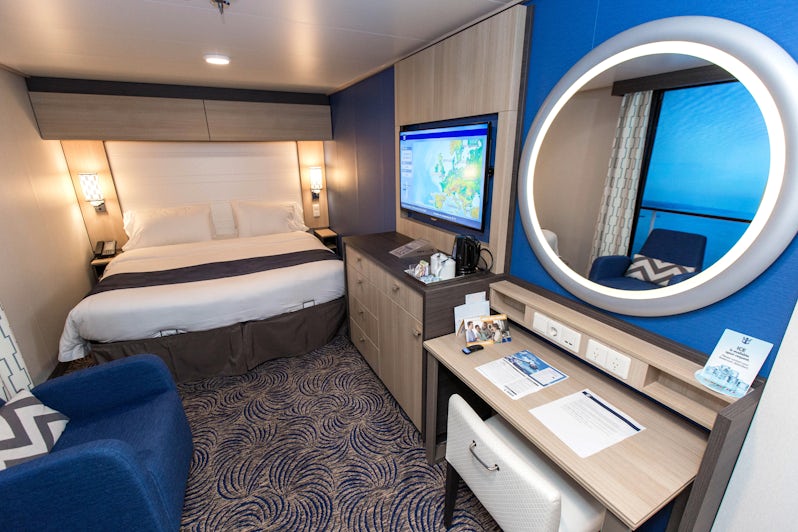
You’ve already made a budget-friendly choice, as cruises includes so many all-inclusive features, such as all meals and snacks, free entertainment, activities galore and nightlife, but there are other ways to make your cruise even more affordable.
Keep an eye out for special promotions: All cruise lines run special deals throughout the year, which may include anything from a free companion fare to beverage packages to other perks like excursion credits. Keep checking websites and be ready to jump on a great deal.
Drive to your cruise: Are you lucky enough to be able to drive to a cruise port? If so, this can save you hundreds of dollars you'd otherwise spend on airfare. Places where you can catch a cruise during spring break include Florida, as well as Baltimore, Charleston, New York, Los Angeles, San Diego, New Orleans and Galveston.
Get group discounts: If you’re traveling with a large group, ask about discounts. Sometimes the group leader can even score a free cabin. Usually the bigger the group, the bigger the perks. If you are the group leader, though, you’ll want to make sure you get payments from everyone in a timely fashion, so you aren’t left on the hook for fares.
Book an inside cabin: How much time do you plan on spending in your cabin anyway? Often, there is a significant cost savings for inside cabins and if you can share a cabin with friends, you can save even more money. Some inside cabins can accommodate up to four people.
Don’t miss critical deadlines.

Once you’ve put all the work into researching and booking your cruise, it would be a shame to miss a final payment deadline, pay a premium for something like a beverage package (which might be cheaper booked in advance) or even lose out on tours or restaurant reservations that might fill up because you haven’t paid attention to dates.
Usually you’ll pay your initial deposit when you book, with the rest of the payment typically due one to three months before the sailing date. Check with your cruise line or travel agent for specifics. If you're working with a travel agent, you can arrange to pay off the cruise in installments before the final due date, which might be the way to go for college-age cruisers.
Keep in mind, with virtually all cruise lines, the final payment date is a hard stop deadline. If payment is not received, the booking is canceled -- usually within 24 hours.
Other things to look for regarding dates include when you can book reservations online for specialty restaurants, tours and spa treatments. All of these can get booked up quickly, so to avoid disappointment, sign up as soon as you can.